The 5 Areas of the Prepared Classroom
Classrooms at Village Montessori contain Montessori materials displayed on child-sized shelves and organized by the 5 key areas of the classroom: Practical Life, Sensorial, Mathematics, Culture and Science, and Language Arts.
The 5 key areas, and the work within these areas, build upon one another and no subject is taught in isolation. The whole classroom is accessible to the children at all times and once a child receives a presentation on a particular work, they are welcome to choose the work independently going forward.
Practical Life
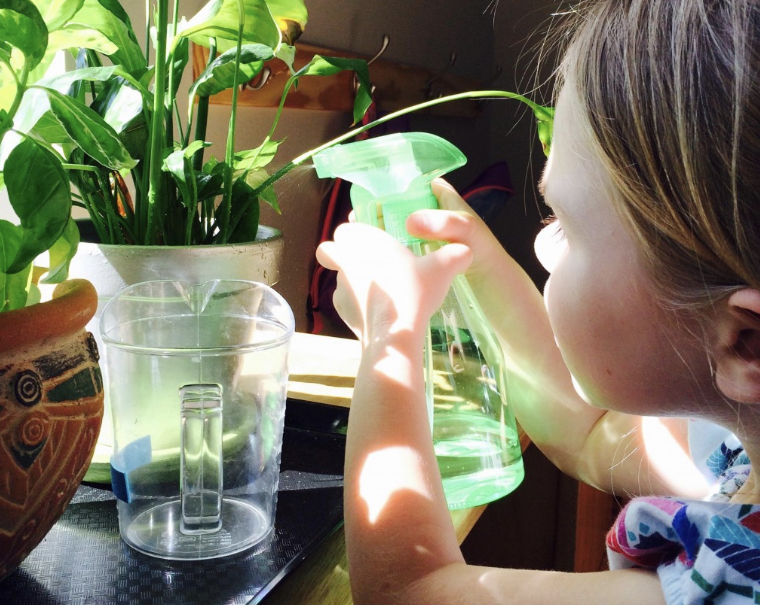 The purpose of the practical life area is two-fold: The activities are to assist the child in developing social skills and personal independence. Children will learn to respect and to take care of themselves and their environment, and to respect others. The second purpose is to develop the child’s gross and fine motor movement that will provide the foundation for every other facet of the learning environment.
The purpose of the practical life area is two-fold: The activities are to assist the child in developing social skills and personal independence. Children will learn to respect and to take care of themselves and their environment, and to respect others. The second purpose is to develop the child’s gross and fine motor movement that will provide the foundation for every other facet of the learning environment.
All Practical Life Activities are uniquely purposeful and calming, and may appear simple and repetitive. However, if you were to observe a child as they perform such activities, you would notice a high level of concentration; a developing sense of order (putting materials back where they belong); pride in their work; taking responsibility for any necessary cleaning; and increasing sense of independence. Practical Life Activities are designed to encourage competencies in the following categories: Preliminary Activities; Care and Respect for Self; Care and Respect for the Environment; Social Grace and Courtesy; Fine Motor Skills; and Life Skills.
Sensorial Development
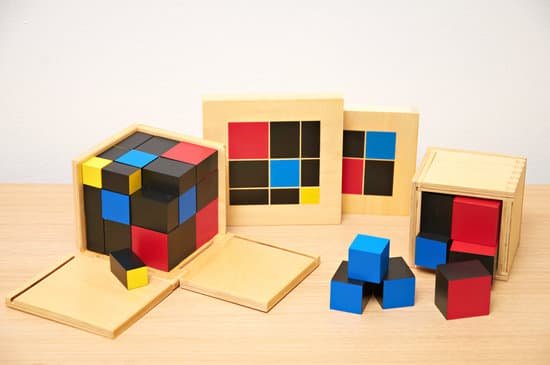 Sensorial training provides a basis for learning in an orderly manner, which prepares children’s minds for mathematics. The materials refine the senses and develop cognitive skills such as thinking, judging, associating, and comparing. Activities include visual discrimination by size, color, shape, etc.; discrimination by audibility, smell, texture and heat conducting properties; pattern recognition and sequencing.
Sensorial training provides a basis for learning in an orderly manner, which prepares children’s minds for mathematics. The materials refine the senses and develop cognitive skills such as thinking, judging, associating, and comparing. Activities include visual discrimination by size, color, shape, etc.; discrimination by audibility, smell, texture and heat conducting properties; pattern recognition and sequencing.
Mathematics
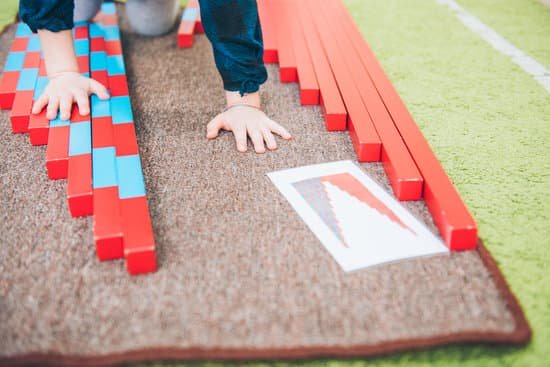 The Practical Life and Sensorial Montessori material in the classroom prepare a child’s mind for Mathematics. Practical Life work offers sequence, and practice with processes. It appeals to a child’s intellect because it has a purpose and a child completes it with order and precision. Sensorial work is done with exactness. It engages a child’s mind to classify experience and this classifying (using the five senses to discriminate by dimension, weight, smell, etc.) enables a child to draw conclusions. Further, sensorial work lays the foundation for math by preparing the mind for the study of sequence and progression.
The Practical Life and Sensorial Montessori material in the classroom prepare a child’s mind for Mathematics. Practical Life work offers sequence, and practice with processes. It appeals to a child’s intellect because it has a purpose and a child completes it with order and precision. Sensorial work is done with exactness. It engages a child’s mind to classify experience and this classifying (using the five senses to discriminate by dimension, weight, smell, etc.) enables a child to draw conclusions. Further, sensorial work lays the foundation for math by preparing the mind for the study of sequence and progression.
Math is taught in this order: numbers through ten, the decimal system, counting beyond ten, memorizing the arithmetic tables, passage to abstraction (working with more symbols on paper and with less of the concrete math material) and fractions. There is overlap amongst the last groups of lessons.
Language Arts
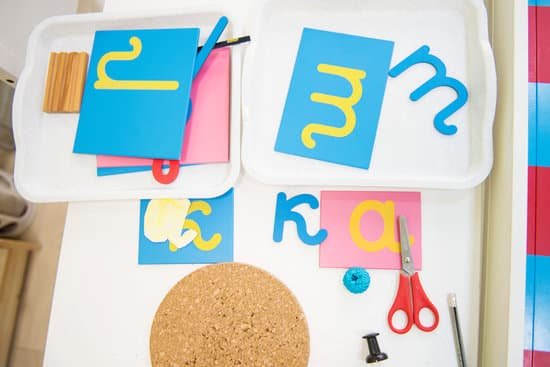 The first eight years of a child’s life are the critical years for literacy development. Exposing children to a literacy-rich environment begins with reading aloud. Reading aloud to children, especially with enthusiasm and inflection of the voice, facilitates children’s readiness for formal reading instruction in four areas: oral, cognitive skills, concepts of printed words, and phonetic awareness. A Montessori language arts program combines phonics with a whole language curriculum. Phonics is defined as a method of teaching children to read, write and pronounce words by learning the phonetic value of letters, letter groups and syllables. Whole language indicates that children will learn to read and write by being immersed into a world of spoken and written words.
The first eight years of a child’s life are the critical years for literacy development. Exposing children to a literacy-rich environment begins with reading aloud. Reading aloud to children, especially with enthusiasm and inflection of the voice, facilitates children’s readiness for formal reading instruction in four areas: oral, cognitive skills, concepts of printed words, and phonetic awareness. A Montessori language arts program combines phonics with a whole language curriculum. Phonics is defined as a method of teaching children to read, write and pronounce words by learning the phonetic value of letters, letter groups and syllables. Whole language indicates that children will learn to read and write by being immersed into a world of spoken and written words.
We utilize literacy reading and writing programs in our classrooms to compliment our Montessori materials. In addition to reading activities like reading aloud, our students have the opportunity to foster language arts skills through public speaking, show and share, telling a story about pictures and experiences, seeing printed labels, tracing, coloring and writing.
Culture and Science
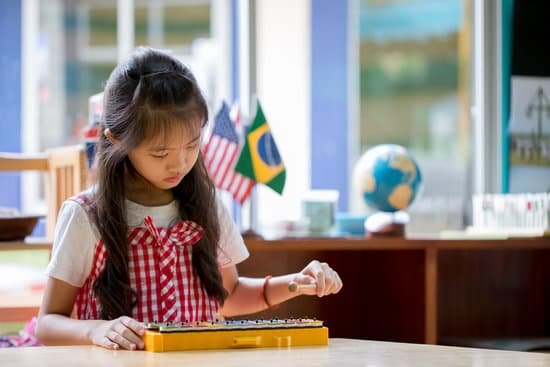 It is important for young children to learn about history, their environment, nature and science to help them understand their place in the world and spark their curiosity in the world itself. As in all areas of the Montessori classroom, Culture and Science materials and concepts are presented in the most natural, life-like or realistic way possible. For example, we will place real caterpillar eggs with food in a butterfly cage to observe the lifecycle of the butterfly in addition to reading about it and discussing the stages as a group. Materials include topics about Geography, Introduction to History, Introduction to Botany, Introduction to Zoology, and Introduction to Science.
It is important for young children to learn about history, their environment, nature and science to help them understand their place in the world and spark their curiosity in the world itself. As in all areas of the Montessori classroom, Culture and Science materials and concepts are presented in the most natural, life-like or realistic way possible. For example, we will place real caterpillar eggs with food in a butterfly cage to observe the lifecycle of the butterfly in addition to reading about it and discussing the stages as a group. Materials include topics about Geography, Introduction to History, Introduction to Botany, Introduction to Zoology, and Introduction to Science.
